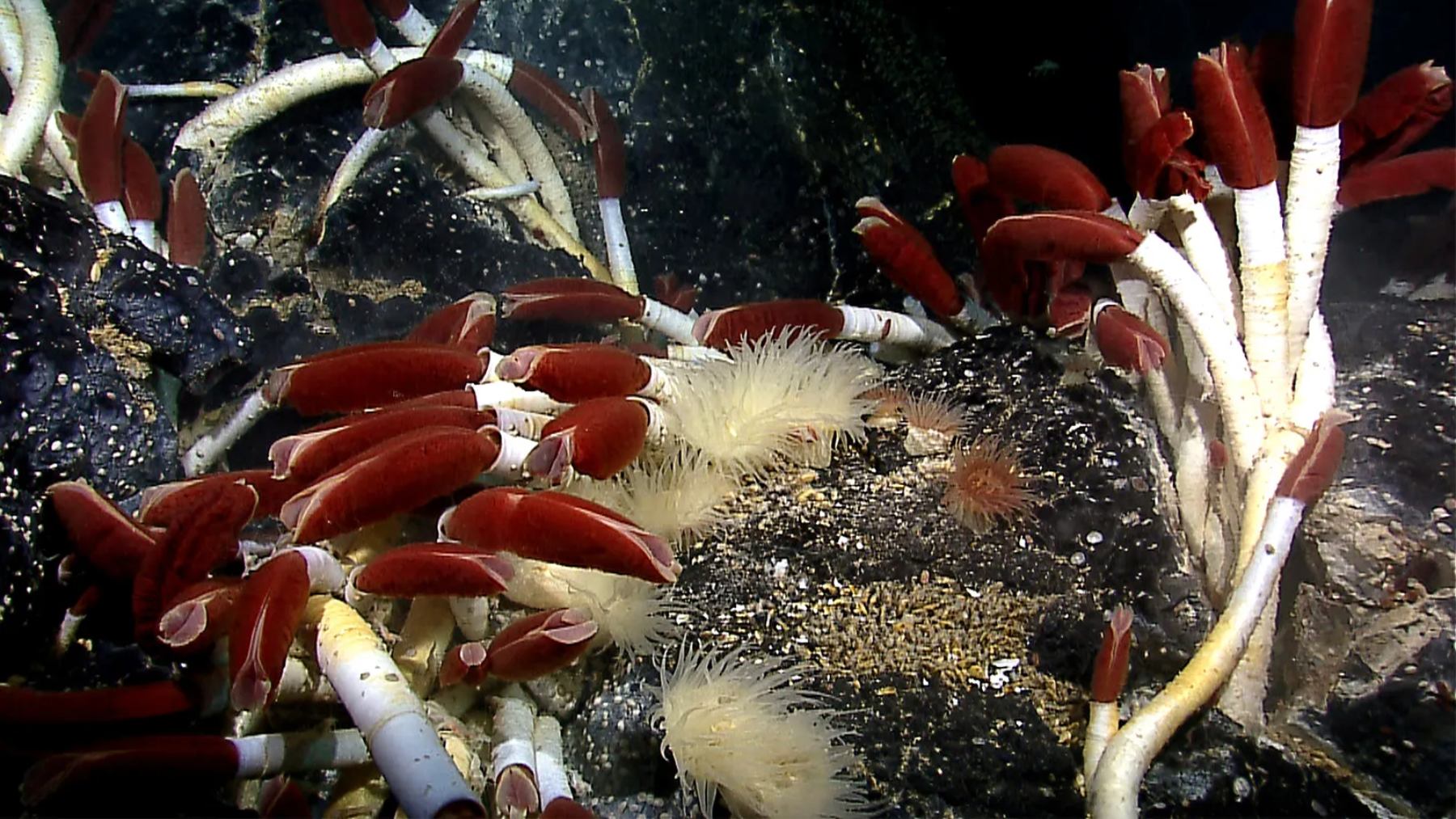In the underwater depths of the ocean floor, far beyond the reach of sunlight, lies a world that marine biology is only beginning to understand. There, among cold currents and absolute darkness, live abyssal creatures that seem to come from another planet. Thanks to underwater exploration, scientists venture even into the hadal zones, the deepest and most extreme regions of the sea, where ocean science seeks answers to questions that have remained unresolved for centuries.
In this environment, marine ecology reveals fragile and surprising connections between organisms that depend on one another to survive in extreme conditions. The mysteries of the ocean continue to challenge our knowledge, and every expedition brings the possibility of discovering unknown marine species that could completely change what we thought we knew about life on Earth. So, let’s find out what scientists found this time down in the ocean floor and why this is important.
An Underwater Discovery
A group of scientists was exploring a volcanic area on the floor of the Pacific Ocean, in a zone so deep that sunlight never reaches it. There, they made a surprising finding: a hidden system of underwater caves, concealed beneath the seabed.
To investigate it, they used a special remotely operated submarine from the surface. This vehicle lifted large rock slabs from the ocean floor and, underneath them, large cave entrances were revealed that had remained closed for a long time.
A World That Seems From Another Planet
When they explored the interior, the researchers found something that looked like it came from a fantasy story: giant worms known as tube worms (Riftia pachyptila). Some of these worms reached up to half a meter in length.
These animals do not feed like most do. Instead of searching for food, they live thanks to a relationship with special bacteria that inhabit their bodies. These bacteria transform chemical substances in the water into nutrients, a process called chemosynthesis. This means they do not need light or plants to survive.
A Place With Stable Temperature
The scientists also discovered that the water inside these caves always maintains a constant temperature of 24 °C. This is very different from the open sea, where temperature can vary greatly.
That stability turns the caves into a safe place for life, protecting animals from sudden changes and offering conditions where even larger and more complex species can develop.
More Than Just Worms
Although the tube worms were the main highlight of this finding, the researchers believe that other species may exist inside these caves. Since the access had been closed for such a long time, it is possible there are organisms that have never been seen before.
Why This Discovery Is Important
This finding adds to other research that has found life in extreme places in the ocean, such as hydrothermal vents, which are like hot springs under the sea. There, bacteria also transform chemicals into energy and serve as food for animals adapted to total darkness.
What these discoveries show is that life can exist even without sunlight, using other sources of energy and adapting to conditions once thought to be impossible. In other words, this is a reminder of how much of the ocean is still unexplored. I’m sure when you have swum in the sea you have thought about the mysteriousness of the underwater. Now that you know more about it, you can ask yourself some questions about it like: how many other hidden worlds might be out there, waiting to be found? And what incredible creatures could be living in them right now, far beyond where our eyes can see?
